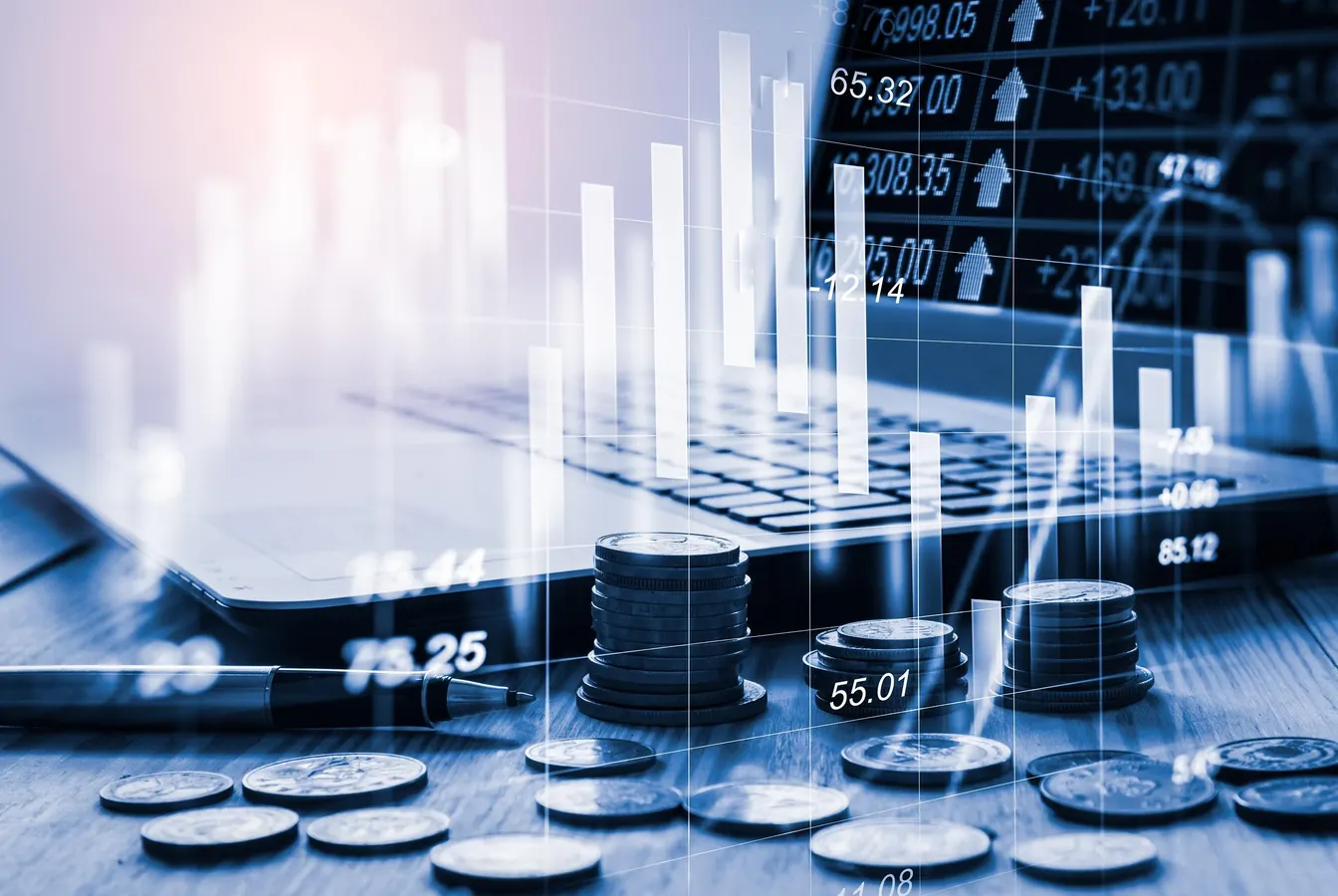Beyond Bitcoin: How Blockchain is Revolutionizing Forensic Accounting
When you hear “blockchain,” your mind probably jumps to cryptocurrencies like Bitcoin. Wild price swings, digital gold, maybe even memes. But the real story, the truly transformative one, is happening far from the trading floors. It’s happening in the quiet, meticulous world of forensic accounting.
Forensic accountants are the financial detectives. They follow the money, uncover fraud, and trace assets through a maze of complex transactions. It’s painstaking work. Honestly, it’s like trying to solve a jigsaw puzzle where half the pieces are missing and the other half are deliberately hidden. That’s where blockchain comes in—not as a currency, but as an unbreakable, transparent ledger that could change the game forever.
What Exactly is Blockchain? Let’s Break It Down
Forget the tech jargon for a second. Imagine a shared Google Sheet. But this isn’t any ordinary spreadsheet. It’s distributed across thousands of computers simultaneously. Every time someone adds a new row of data (a “block”), it’s timestamped, encrypted, and chained to the previous one. To change a single cell in a past row, you’d have to alter every single subsequent row on every single copy of the sheet, all at once. It’s… basically impossible.
That’s the core of it. A decentralized, immutable, and transparent digital ledger. For forensic accounting applications, these features are a godsend.
The Forensic Accountant’s New Superpower
So, how does this translate to real-world investigative muscle? Let’s dive into the key areas where blockchain is making waves.
1. An Unbreakable Chain of Custody
In legal cases, the chain of custody—the documented journey of evidence—is everything. A single break can render evidence inadmissible. Blockchain creates a perfect, tamper-proof audit trail. Every access, every change, every movement of a digital asset is permanently recorded. Think of it like a security camera that never turns off and whose footage can never be edited. For digital forensics in accounting, this is the holy grail.
2. Real-Time Fraud Detection and Prevention
Traditional fraud detection is often reactive. You find the problem months after it started. With a blockchain-based system, you can build in smart contracts. These are self-executing contracts with the terms directly written into code.
Here’s a simple analogy: imagine a corporate credit card that automatically rejects any transaction that violates company policy—like a purchase from an unapproved vendor or one that exceeds a departmental budget. The fraud is stopped at the source. It doesn’t just make fraud harder; it redefines the entire perimeter of financial security.
3. Streamlined Audits and Immutable Records
Audits are tedious, expensive, and often involve sifting through mountains of paper and PDFs that could, in theory, be altered. Now, picture an external auditor being granted read-only access to a company’s blockchain ledger. They can verify every transaction in real-time. The audit process shrinks from weeks to days. The cost plummets. The confidence in the financial statements soars.
This isn’t a distant future concept. Industries with complex supply chains are already using it to track goods from origin to shelf, creating an immutable record that’s invaluable for forensic investigations into theft or counterfeit goods.
The Flip Side: Challenges and Considerations
Okay, so it’s not all sunshine and rainbows. Blockchain forensics has its own set of hurdles. For one, the technology is still evolving. Widespread adoption requires a massive shift in how businesses operate. There’s a significant learning curve, and let’s be honest, integrating blockchain solutions with legacy accounting systems is a technical nightmare.
Then there’s the privacy paradox. A blockchain is transparent, but financial data often needs to be confidential. Solutions like zero-knowledge proofs (which allow you to prove a statement is true without revealing the underlying data) are emerging, but they add another layer of complexity.
And sure, while the ledger is immutable, the data going onto the ledger is only as good as its source. The classic “garbage in, garbage out” principle still applies. If a transaction is fraudulent at the point of entry, the blockchain will faithfully and permanently record that fraud.
A Glimpse into the Future: What’s Next?
The trajectory is clear. We’re moving towards a world where the integration of blockchain in forensic accounting is standard practice. We’ll see more hybrid systems—private blockchains for internal company records that can still interact securely with public systems.
The skill set of a forensic accountant will expand. They’ll need to be part accountant, part detective, and part tech guru, fluent in reading the story that the blockchain tells. The demand for professionals who can conduct cryptocurrency fraud investigations and trace digital assets will only grow.
In fact, the entire concept of financial auditing might shift from a periodic health check to a continuous, real-time monitoring system, all powered by this decentralized ledger technology.
The Bottom Line
Blockchain is far more than the engine behind digital currencies. It’s a foundational technology that promises to bring unprecedented levels of transparency, security, and efficiency to financial investigations. It hands forensic accountants a powerful new lens to examine the flow of money—a lens that makes obscuring that flow infinitely more difficult.
It won’t replace the sharp intuition of a seasoned investigator. But it will arm them with a tool that turns the digital shadows where fraud hides into a well-lit room. The implications are profound. The paper trail is becoming a digital chain, and that chain is forging a new era of financial integrity.


